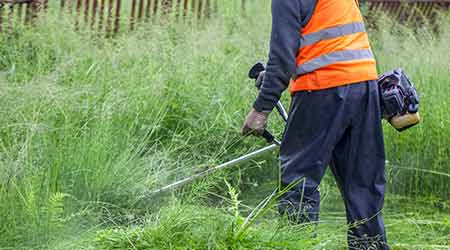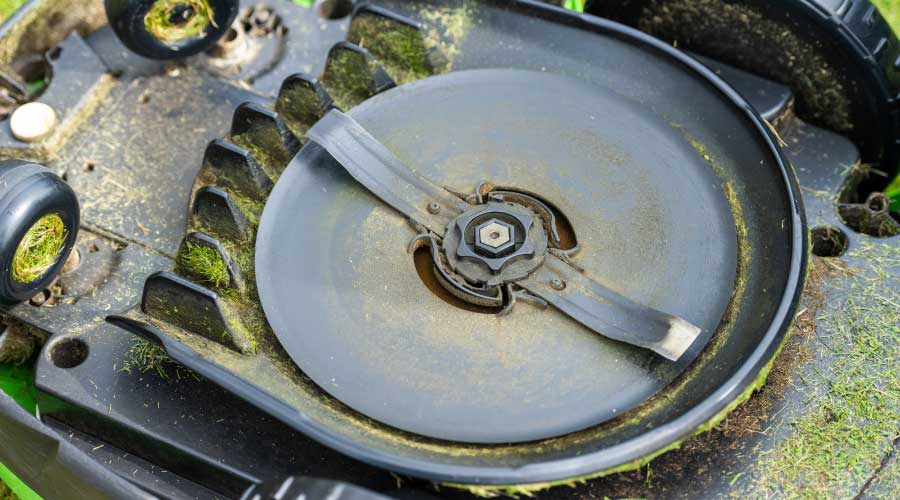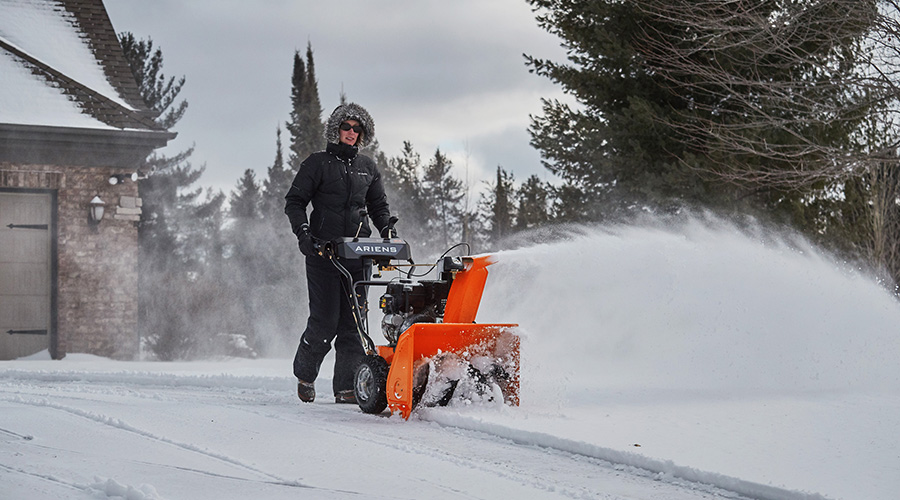 Trimmers, edgers and blowers have all gone through recent technology changes that include cordless and battery powered options.
Trimmers, edgers and blowers have all gone through recent technology changes that include cordless and battery powered options.Handheld Tools That Meet the Needs of Grounds Staff
Managers who understand the department needs can better specify handheld grounds tools.
Specifying handheld grounds equipment that meets the needs of grounds crews leads to less fatigue, lower costs, and higher productivity. Paying a small amount more for well-made equipment with improved safety, ergonomic, and reliability features can yield major returns. Lightweight equipment designed for use by non-commercial users might cost less, but heavy-duty commercial equipment offers better, more reliable features, as well as longer performance life.
To specify equipment that delivers these benefits and meet user needs, managers need to understand their workers’ activities. The first step is to walk the grounds and record the number and location of lawn areas, flower and shrub beds, ornamental plantings, and trees. Next, plan the work required to maintain each feature and the frequency required annually. The number and type of tools that enables them to meet this workload most efficiently are the most effective choice.
Managers also should consider staffing levels before making equipment decisions. They can confirm appropriate staffing for the workload by using standard job times for each task. For example, edging along walkways requires 0.001 labor hours per linear foot. Trimming hedge requires 0.0061 hours per square foot. If a worker edges 1,000 linear feet eight times per year, the total time required is eight labor hours per year —0.001 multiplied by 1,000 multiplied by eight equals eight hours. A total of 10,000 grounds care labor hours divided by 2,000 — 40 hours per groundskeeper multiplied by 50 weeks — equals five groundskeepers needed.
Worker safety also is a key consideration in specifying handheld powered grounds equipment. Managers should always look for compliance with ANSI/OPEI B175 standards when selecting handheld grounds care power equipment. The standards establish important safety requirements for this equipment. The most important safety feature is the extensive safety section of the equipment manual. Managers and users also should pay attention to the sections on proper operation, proper operating condition, and safe troubleshooting methods.
Related Topics:













